Do you seek for 'thermoelectric generators thesis'? Here you can find all of the details.
The thesis focuses connected experimental and analytic investigations on the dynamics of thermocouples and thermopiles chemical reaction to low temperature (less than 400°C or waste heat) for the feasibleness and purpose of generating electricity. Thermocouples generate unique voltages at relative dictated temperatures.
Table of contents
- Thermoelectric generators thesis in 2021
- Large thermoelectric generator
- Seebeck effect
- Industrial thermoelectric generator
- Peltier effect
- Thermoelectric generators thesis 06
- Thermoelectric generators thesis 07
- Thermoelectric generators thesis 08
Thermoelectric generators thesis in 2021
 This picture shows thermoelectric generators thesis.
This picture shows thermoelectric generators thesis.
Large thermoelectric generator
 This picture illustrates Large thermoelectric generator.
This picture illustrates Large thermoelectric generator.
Seebeck effect
 This image illustrates Seebeck effect.
This image illustrates Seebeck effect.
Industrial thermoelectric generator
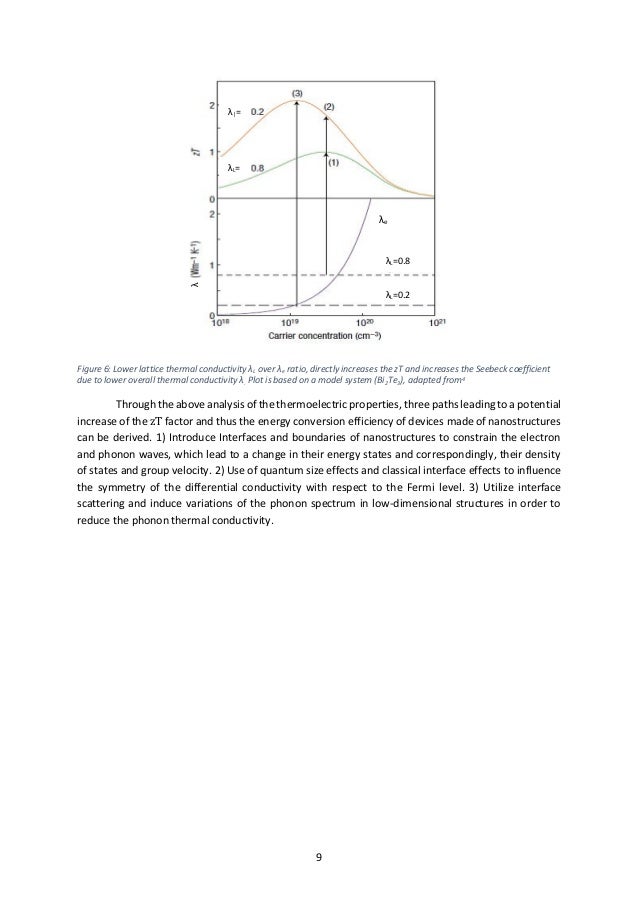 This image demonstrates Industrial thermoelectric generator.
This image demonstrates Industrial thermoelectric generator.
Peltier effect
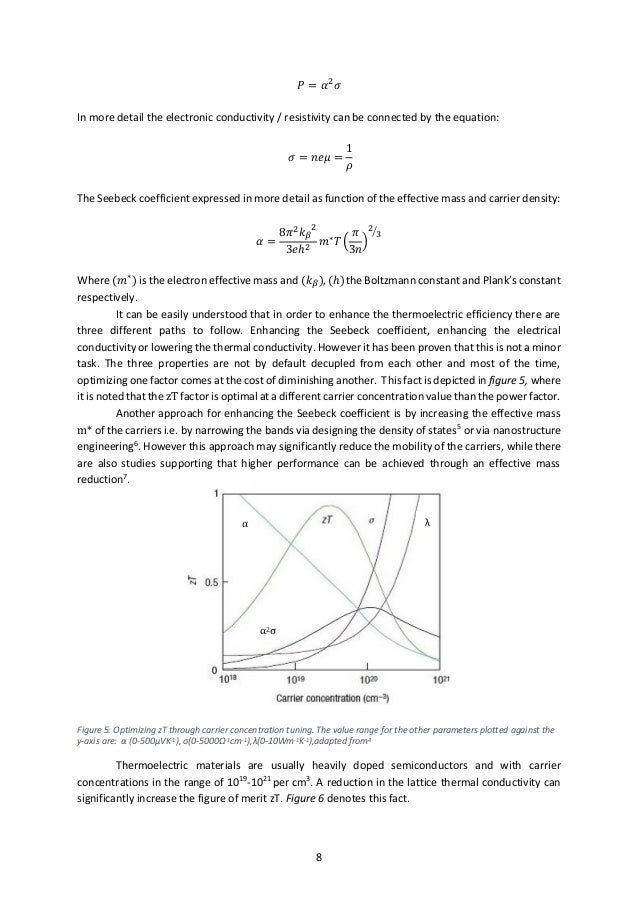 This image illustrates Peltier effect.
This image illustrates Peltier effect.
Thermoelectric generators thesis 06
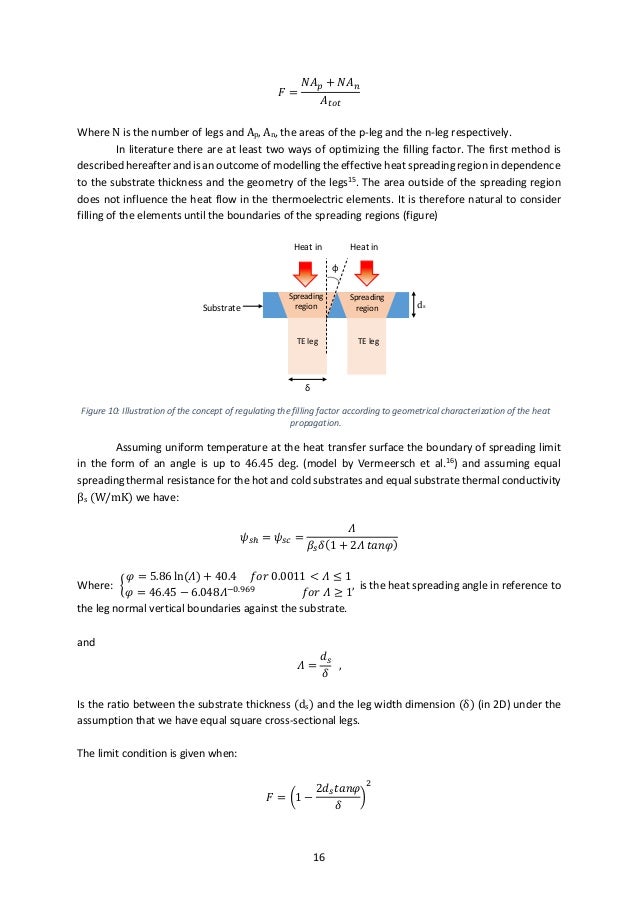 This picture illustrates Thermoelectric generators thesis 06.
This picture illustrates Thermoelectric generators thesis 06.
Thermoelectric generators thesis 07
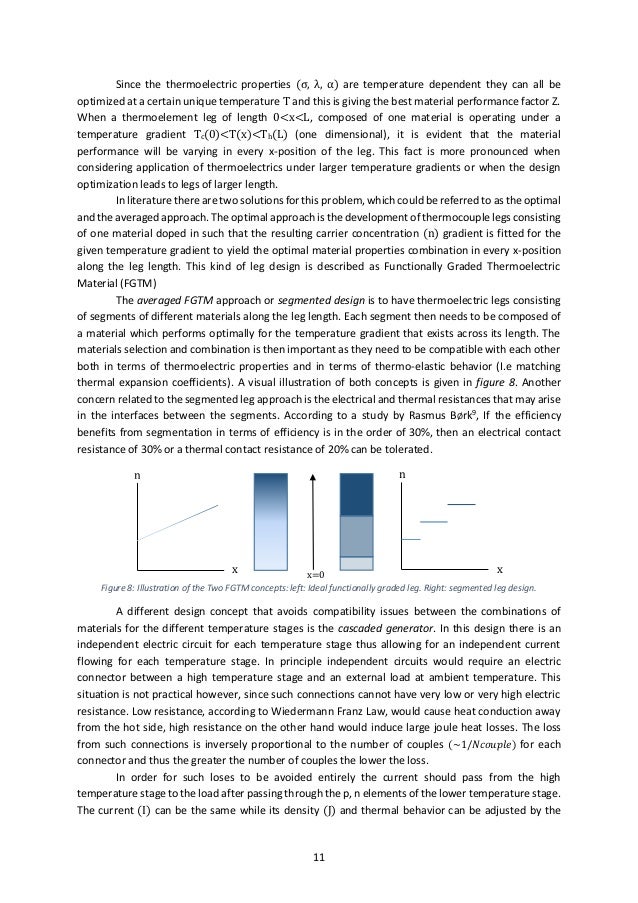 This image shows Thermoelectric generators thesis 07.
This image shows Thermoelectric generators thesis 07.
Thermoelectric generators thesis 08
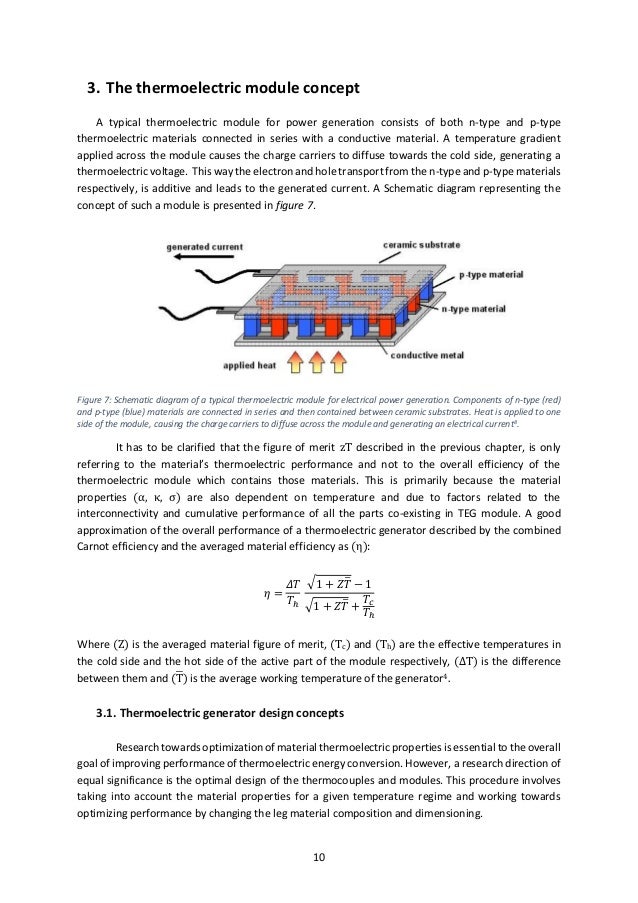 This image illustrates Thermoelectric generators thesis 08.
This image illustrates Thermoelectric generators thesis 08.
How are thermoelectric generators used in everyday life?
Furthermore, we will present the use of TEGs in high and low-power applications (medical, wearable, IoT, WSN, industrial electronics, automobiles and aerospace applications). 2. Thermoelectric generators basis Thermoelectric generators are based on the Seebeck effect and are commonly used to convert thermal energy into an electrical one.
How does a thermoelectric generator convert thermal energy?
Thermoelectric generators (TEGs) have demonstrated their ability to directly convert thermal energy into an electrical one via the Seebeck effect.
Why are Tegs used in high power applications?
TEGs used in high-power applications (electronics, automotive and aerospace). Power costs increasing, environmental pollution and global warming are issues that we are dealing with in the present time. To reduce their effects, scientists are focusing on improving energy harvesting-based power generators.
How are thermoelectric generators based on the Seebeck effect?
Thermoelectric generators (TEGs) are active devices that consist of converting thermal energy into electrical one ( Proto et al., 2018 ). TEGs are made of dissimilar thermocouples, based on the Seebeck effect, connected electrically in series and thermally in parallel.
Last Update: Oct 2021